The Historic Landmarks Commission has approved a new building at NW 23rd and Glisan, the site of the 2016 gas explosion. The building will include five new residential units, over 1,007 sq ft of ground floor retail space. No vehicular parking is proposed. The building is being developed by A&R Development, the owners of the adjacent building at Robert and Ann Sacks House at 2281 NW Glisan St, which was seriously damaged in the explosion and is now being restored. The architects for the project are Allied Works, the original designers of the adjacent building.
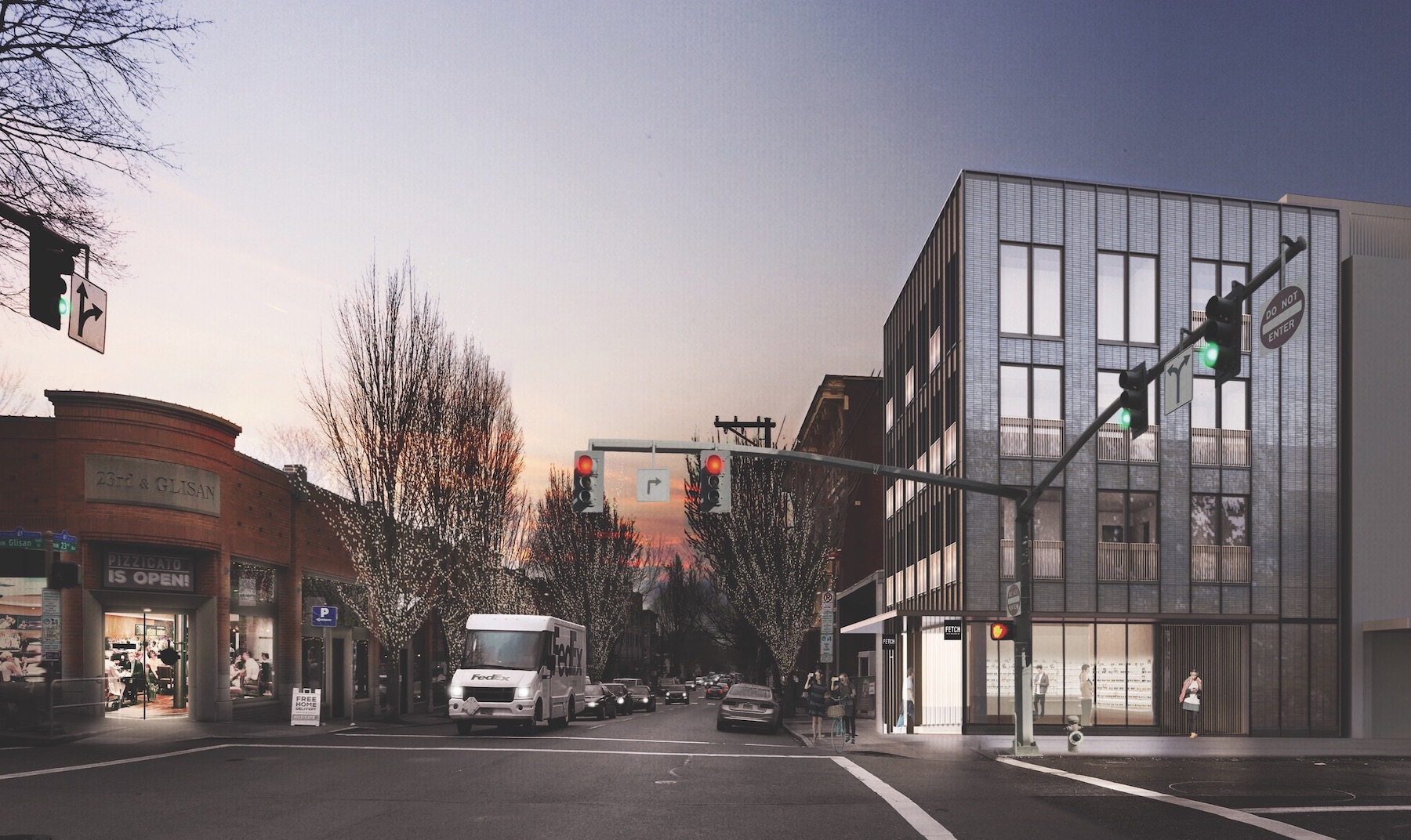
The site was previously occupied by the 1906 Wilfred & Gustav Burkhardt Building, seen above in 2015. The building was considered a contributing resource in the Alphabet Historic District, which is listed on the National Register of Historic Places. Tenants that were in the building before it was destroyed included Art Works Rebels Tattoo Studio and Portland Bagelworks.
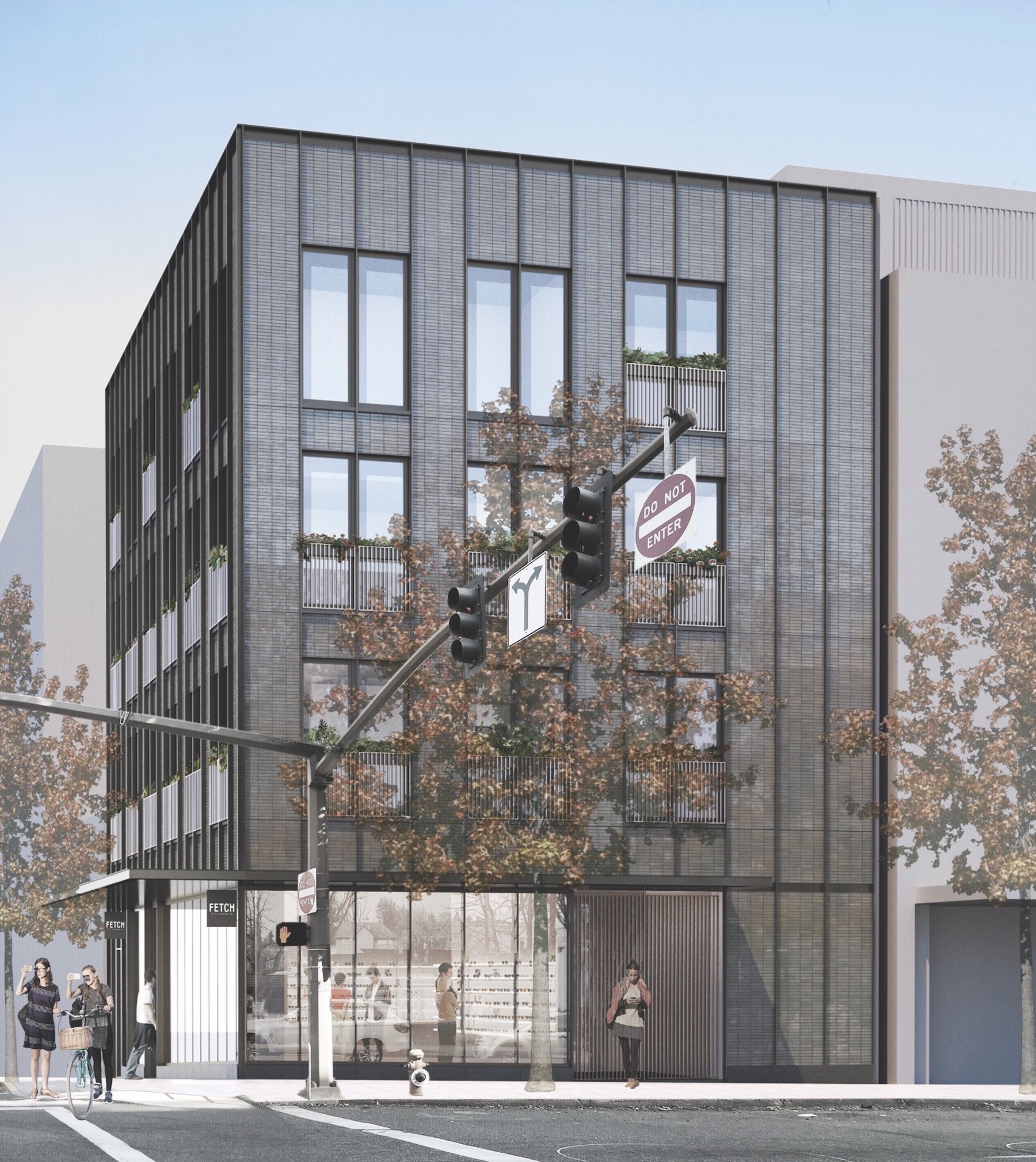
The four story building is arranged with retail at the ground floor, two residential units at level 2, and three two-story units at levels 3 and 4.
The primary materials for the building will be stack bonded glazed porcelain tile and aluminum-clad wood windows, framed by projecting powder-coated metal fins. Operable windows will have powder-coated metal Juliette balconies. The ground floor will primarily be composed on aluminum storefront glazing. The building will have an ecoroof covering most of the site area.
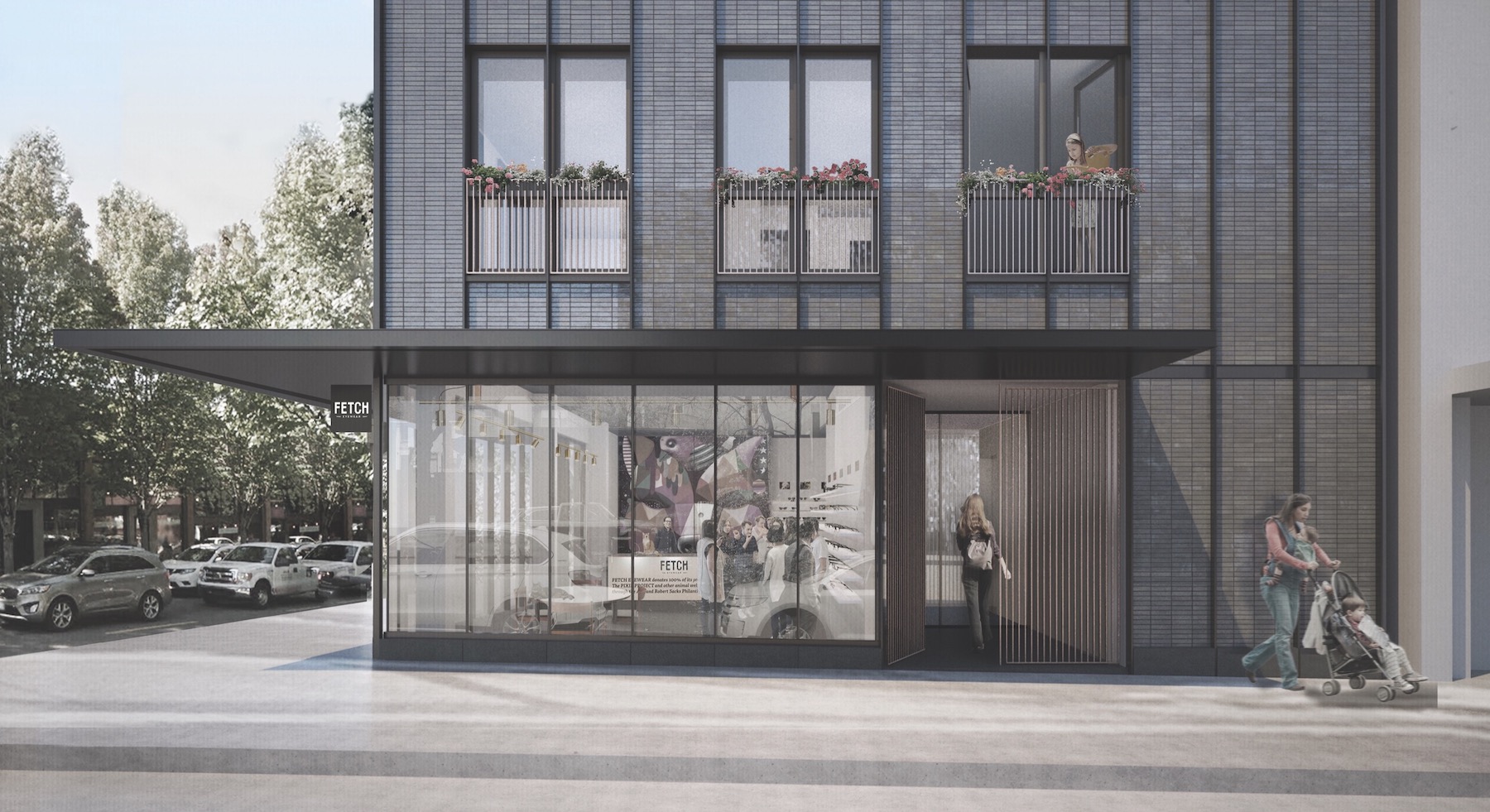
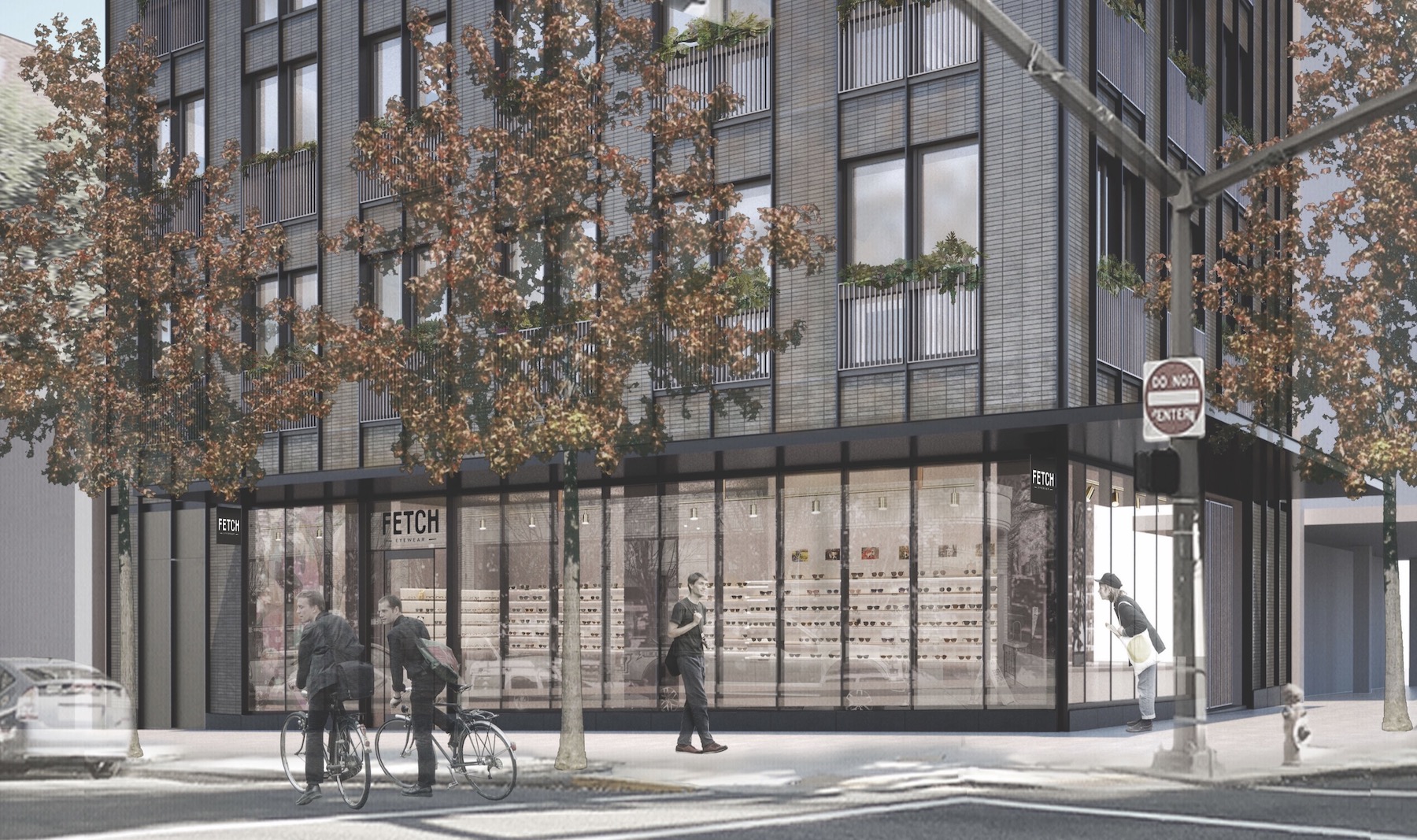
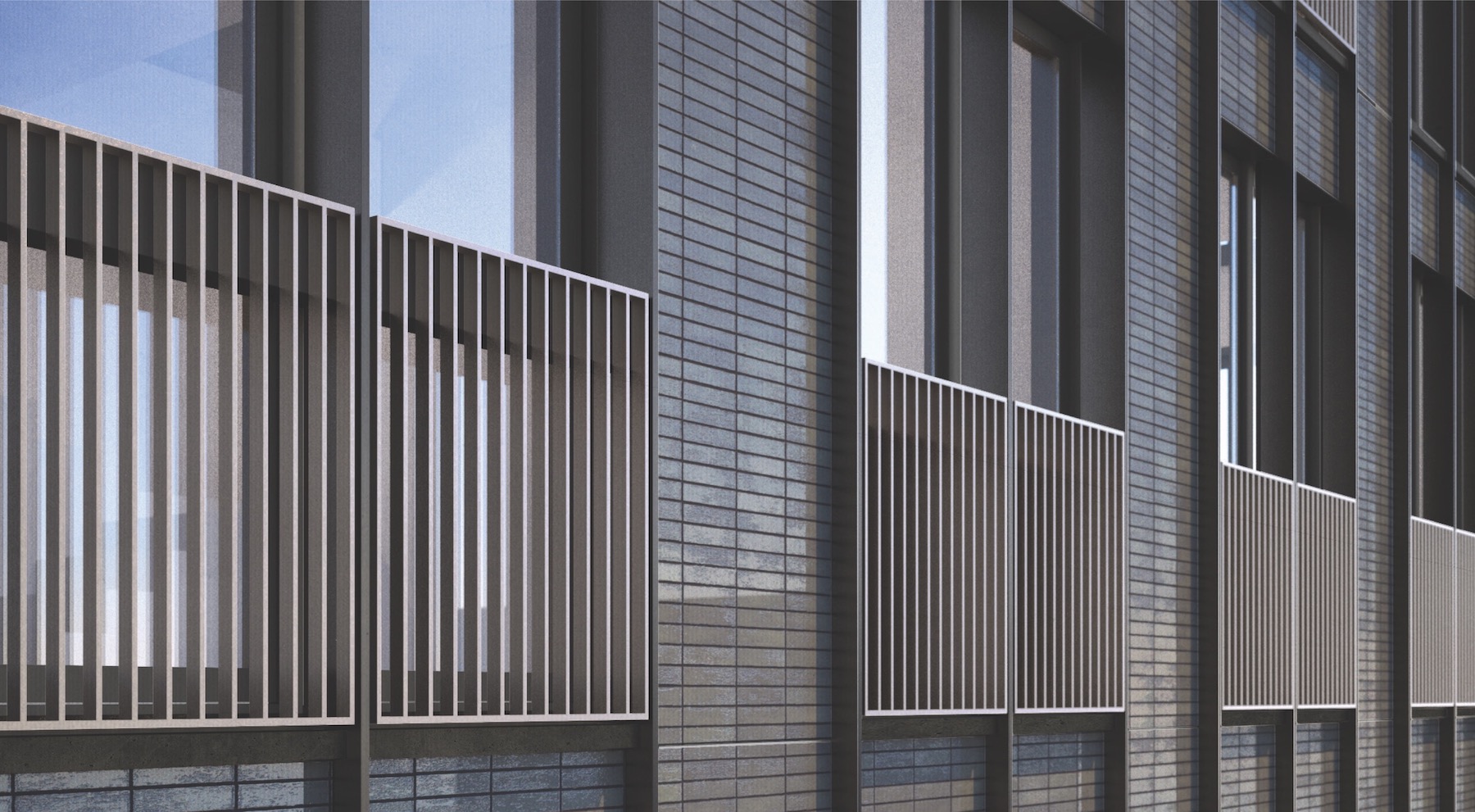
500 NW 23rd went in front of the Landmarks Commission twice, for Design Advice in March 2018 and for its Type III Review hearing on June 25th 2018. Having received a very positive reaction at both hearings, the project was approved by a unanimous vote. In the conclusion to the Final Findings and Decision by the Landmarks Commission the project was praised as a successful example of contemporary design in a historic setting:
The proposed four-story mixed-use building is properly scaled with regard to the historic district and will provide a nice example of how to design a small corner contemporary building that is compatible with the historic district.
The project will need to receive a building permit before construction can begin.
Drawings
- Plan | Vicinity
- Plan | Site
- Plan | Level 01
- Plan | Level 02
- Plan | Level 03
- Plan | Level 04
- Plan | Roof
- Elevation | West (NW 23rd Ave)
- Elevation | South (NW Glisan St)
- Elevation | East
- Elevation | North
- Section
- Section
- Section
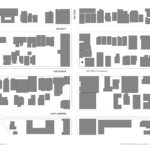
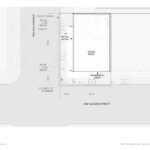
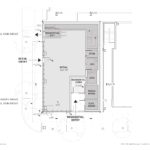
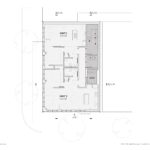
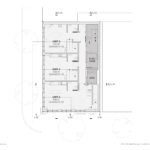
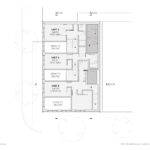
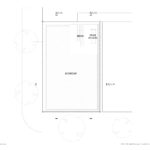
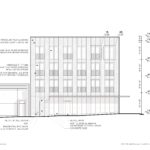
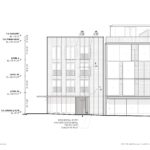


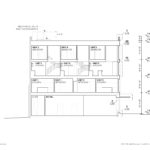
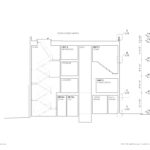
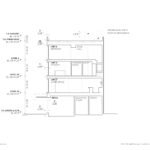
I prefer the existing building
The “existing building” was destroyed by the 2015 gas explosion. The space is now occupied by a dirt lot.
Of course, They can’t re-build the structure that we lost because they’re un-talented hacks lost in their misinformed, pretentious egos and mission to destroy what was great about Portland in order to colonize us with homogenized California-esque trash.
…or maybe it just doesn’t make sense to endlessly facsimile the past with Disney-esque pastiche that places nostalgia for a time that never existed over the contemporary needs and desires of a progressive city.
Cool it. Allied is one of the most talented firms in Portland and there’s a lot of really good people over there.
Yeah CJNoir, totally agree! Allied Works may be the most “talented” in Portland today, but they could never hold up to the Portland architects that graced this city before Modernization began after WWI & II. Tim, like any other progressive modernists, believes the existing structure that once stood there was “Disney-esque” but that description merely reflects his own inability to imagine new culturally relevant buildings within an already established, and historically-backed, aesthetic. There is a historical style attributed to specific building, Tim. These styles were generated over hundreds of years and while you’d like to see that artistic and architectural history forgotten, most people living within these places would not. This isn’t like art in a museum we don’t have to see or an advertisement in a magazine we can simply discard. You can’t turn away from a building, or development of buildings, that alienates an established culture, when you enjoyed what was there before a tragic event Making anything less, which I can agree with CJNoir here, is a spit in the face of the original designers who built these places to be passed on to generations to come.
Sure, the original building was blown up, but what is the aversion to creating a building in its place that uses Queen Anne proportions and styling, relevant ornamentation, and materials that draw in the viewer to touch and admire the orderly craft of local artists? There are areas for such contemporary buildings that you want(South Waterfront, Far North area of Pearl, Dubai lol, Etc) and this is not one of those areas.
To clarify, I made no comment about the “existing” (ignoring for now that it does not currently exist) structure. My comment was about the inherent artificiality of any replacement that attempts to recapture an aesthetic of historicism without the quality of material or craft necessary to pull it off (because that quality with a commercial budget in 2018 is simply not feasible).
While I agree that any building, new or old, should be rooted in its regional, environmental, and cultural context, a “style that developed over hundreds of years” is as alien in a barely-century old city as a contemporary glass and metal box. Sure there are plenty of lessons to be learned from massing and proportion, and maybe even a nod to the ornament of 18th century England, but to plop an 18th century English building into a 21st century PNW neighborhood (even into a late -19th century PNW neighborhood) is, fundamentally, pastiche.
If you want to argue the merits of critical regionalism, I’m happy to list the ways in which this specific building fails to live up to its Northwestern location. But, absent that, your argument mostly boils down to the entirely arbitrary conclusion that you simply don’t like new buildings.
I’m one for historic preservation where possible, and I even like a lot of the buildings currently being accused of that “Disney-esque pastiche” that Tim mentions above. That said, I’m really impressed by this building; it manages to be both modern and timeless by blending the best of the old and the new. I think if we saw more buildings with this attention to detail and place, we might have a little less resistance to the changes happening around us. We can’t recreate the past, but we can create a future that honors it along with our current needs.
Beautiful new building!